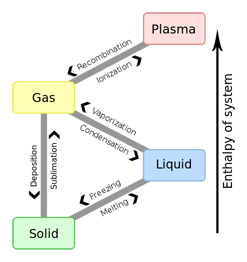

|
The International Workshop on
|
Abstract It turns out that accumulation of data during 40-years observational studies just emphasized a contrast between pulsars and black hole (BH) candidates in Galactic close binary stellar systems: (1) the mass spectrum of these degenerate stellar objects (or collapsars) shows an evident absence of objects with masses within the interval from 2M⊙ (with a first peak at about 1.4M⊙) to approximately 6M⊙, (2) and in close binary stellar systems with a low-massive (about 0.6M⊙) optical companion the most probable mass value (the peak in the mass distribution of BH candidates) turned out to be close to 6.7M⊙. This puzzle of discrete mass spectra of collapsars in close binary systems demands some solution and explanation in stellar evolution scenarios in connection with the core-collapse supernovae explosion mechanism and in context of a relation between supernovae and gamma-ray bursts. The collapsar strong field - an analogue of BH in General Relativity - is investigated in a totally non-metric, dynamical model of gravitational interaction theory, in which extremely compact objects of the masses MQ ≈ 6.7M⊙ with a quark-gluon plasma bag of radius r* = GMQ/c2 ≈ 10 km exist.
Reference:
|